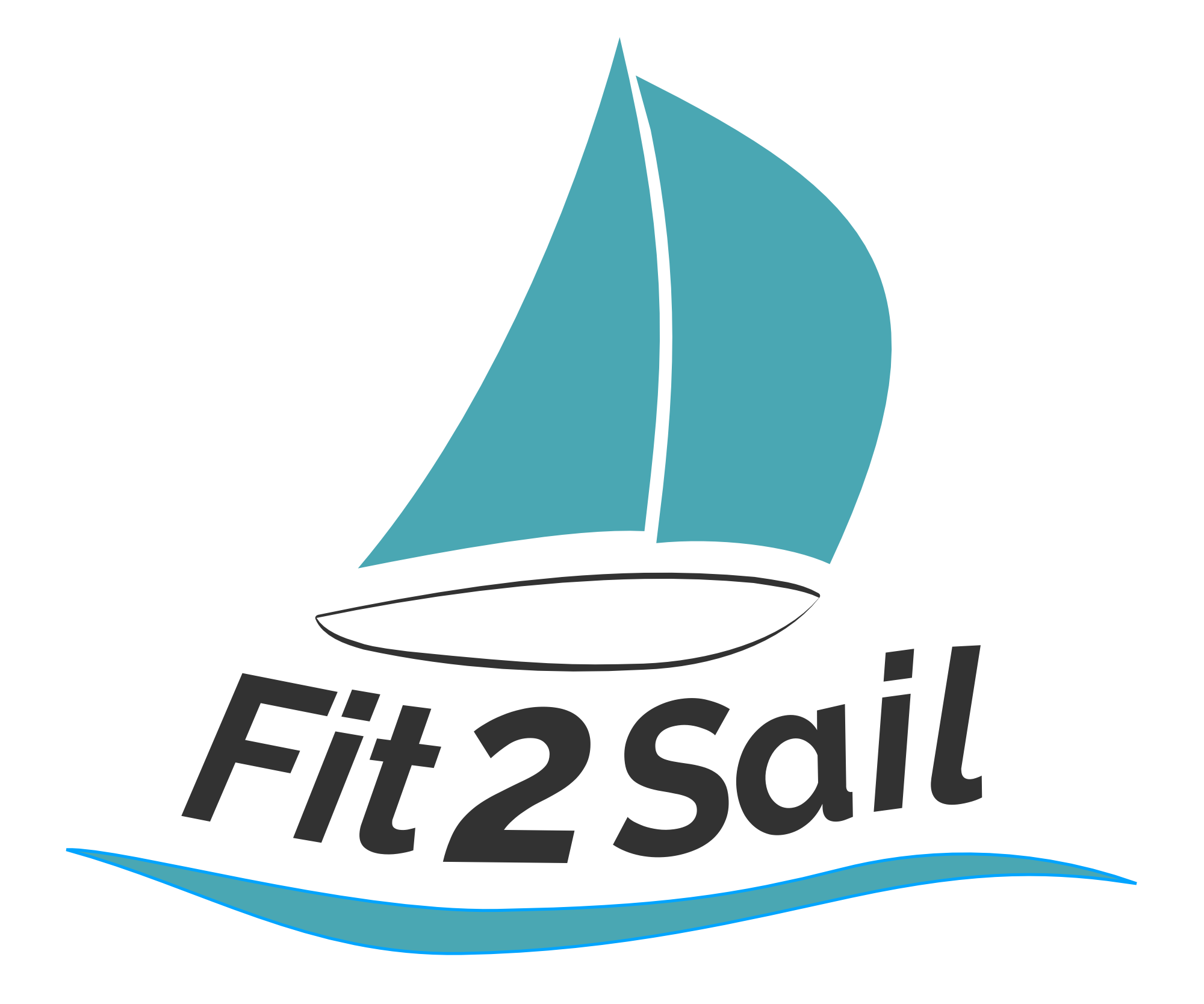Why Does Weather Matter?
When you’re living on land, weather is often more an intellectual exercise than anything else. It might dictate what you choose to wear, or if you decide to go to the park, but chances are your world does not rotate around wind direction and strength.
Winter can cause hiccups, with snow and ice and bad roads. But that’s rare.
This early December snowstorm shut down things for a few days.
When you’re cruising, though, weather takes on a whole new level of importance.
You choose anchorages based on predicted winds. (Because an anchorage that’s great in north winds can be untenable in south winds.)
Whether or not you go into town can change depending on the winds and waves. (Because launching the dink, or getting into it, or bouncing over the waves to get to town, or having to wear foul weather gear for the ride . . .)
It’s not just what clothes you wear that changes with the weather - it’s whether you can do laundry or not (since you depend on clothesline time to dry the clothes!)
What you choose to cook can deeply depend on weather. (Because if it’s 100 degrees and humid, making pasta down below might not be a good idea - who wants to add more heat and steam to the cabin!)
And planning your passages becomes critical. (More on that in a bit.)
This morning, in southern Vermont, it’s sleeting and icy. We’re focusing on indoor activities, and decided against skiing, but my cousin had to head home to Maryland. The weather has her driving more cautiously, yes, but she never thought about changing her plans.
It’s tempting as a new cruiser to think that’s how you can roll on the water too. What’s the big deal? Just go from here to there. Sure, maybe it’ll take a bit longer, but sailing is always slower than driving in any case. I’ve been dealing with weather my whole life and never let it stop me from doing what I want. Why should I do that now?
Racing weather to get to the anchorage.
This photo above is from a Chesapeake cruise we did a few years ago. We’d been in Baltimore overnight, planning to cross the Bay to the Eastern Shore and St. Michael’s the next day, about 45 miles or 9 hours at our usual 5 knot pace. Weather was supposed to come in at 6 pm.
We left the dock at 7 am and sailed as much as possible, but when our speed dropped to 3 knots through the water we turned on the engine. The front was forecast to bring in high winds and nasty chop, and we wanted to be in and anchored well ahead of it.
Eagles and ospreys wheeled overhead. We lounged in the cockpit, watching our speed and watching for dolphins. We set sails as the wind allowed, boosting the progress by as much as 2 knots at times. It felt like we were in a race against an unseen competitor, though the skies remained clear.
As we approached the anchorage, on a gorgeous June afternoon, the skies grew darker. Jeremy watched radar, adjusted the sails. Nudged the throttle. Breathed a sigh of relief when the anchor went down (with extra chain for the expected blow) and held well.
“I think we’re in good shape.” He waved his arms at the sky. “We’ve got about half an hour. I think I’ll take the dog to shore.” Off he went in the dinghy, Belle hanging over the bow, keeping the speed low in deference to the nearby shores.
“Who wants a shower?” I asked the kids, readying towels and closing port lights. Bee joined me; Julian eyed the sky and firmly declined.
Bee and I jumped in the water, repeatedly hauling ourselves out and lathering up, then jumping back in for the rinse. The clouds were getting thicker, the sky darker. I was just pressurizing our garden-sprayer fresh water shower for the final rinse off when I heard Jeremy coming back, racing the dinghy at full planing speed.
“It’s coming fast,” he yelled. “Get below.”
Tumble chaos grabbing towels sliding the companionway hatch closed laughing as we went.
The surge as the wind hit the boat, stretching the chain. The anchorage went from flat calm to bouncy in seconds, and we heeled over on the gusts.
“Boy am I glad we were in when that hit,” commented Bee. “I’d hate to be out in that.”
Calm after.
Choosing the right weather window for passage making can be tricky. You want to get from here to there as quickly as possible, with as much comfort as possible. If you’re in data-challenged wifi space, you don’t want to spend precious data on searching endless websites to pull the information all together.
Jeremy saw this need for us, and he built a website in response that’s now available to all. FastSeas takes available weather data (and current info too), your boat specs, and where you want to go - and spits out a solution for you. Check it out today!



